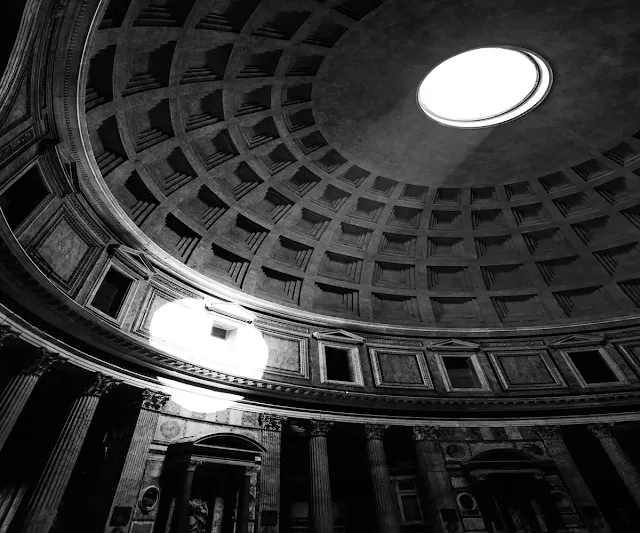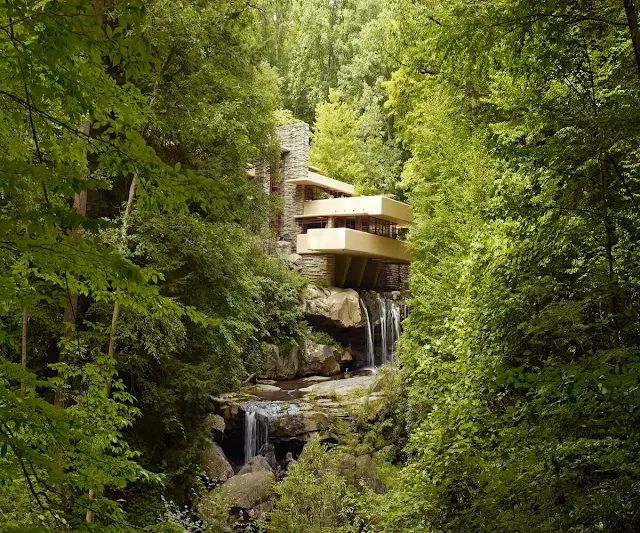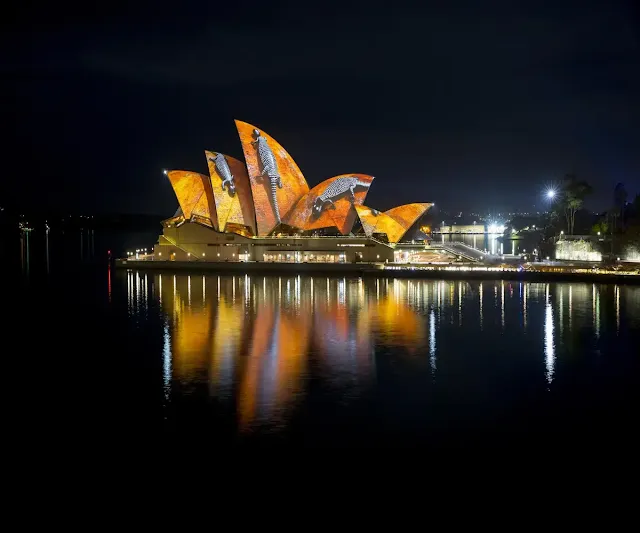Illuminating History Architectural Lighting Evolution
Illuminating History Architectural Lighting Evolution
Explore the evolution of architectural lighting design over time.
Architectural lighting design has evolved significantly throughout history, tracing back to ancient civilizations where fire was used for illumination in caves and early dwellings. The ancient Greeks and Romans introduced rudimentary oil lamps and candles, which remained prevalent until the Middle Ages. The Renaissance period saw the emergence of more sophisticated lighting methods, including chandeliers and candelabras, reflecting advancements in craftsmanship and design aesthetics.
The Industrial Revolution in the 19th century brought about revolutionary changes in architectural lighting with the invention of gas lighting and later, electric lighting. Thomas Edison's development of the incandescent light bulb in the late 19th century marked a pivotal moment, ushering in a new era of artificial illumination. Throughout the 20th century, architectural lighting design continued to evolve rapidly with the advent of fluorescent and halogen lighting, as well as the introduction of innovative lighting fixtures and control systems.
In the contemporary era, advancements in LED technology, digital controls, and sustainable lighting practices have transformed the landscape of architectural lighting design. Designers now have unprecedented flexibility and creativity in crafting dynamic lighting schemes that enhance the aesthetics, functionality, and energy efficiency of built environments. From iconic landmarks to residential interiors, architectural lighting design continues to play a pivotal role in shaping the way we experience and interact with our surroundings.
Significant advancements, trends, and influential figures in the field.
1. Significant Advancements in Architectural Lighting Design: Over the years, architectural lighting design has witnessed remarkable advancements driven by technological innovation and creative ingenuity. From the invention of the incandescent light bulb to the development of energy-efficient LED lighting, each milestone has transformed the way we illuminate and experience architectural spaces. Moreover, advancements in lighting controls, automation, and sustainability have revolutionized the way designers conceptualize and implement lighting solutions, enabling greater flexibility, efficiency, and environmental responsibility.
2. Trends Shaping the Future of Architectural Lighting: The field of architectural lighting design is constantly evolving, driven by emerging trends and evolving user preferences. Today, there is a growing emphasis on human-centric lighting, which considers the biological effects of light on human health, well-being, and productivity. Additionally, there is a renewed focus on sustainable lighting solutions, such as daylight harvesting, solar-powered lighting, and recyclable materials, as designers seek to minimize energy consumption and environmental impact. Furthermore, there is a trend towards integrated lighting systems that seamlessly blend with architectural elements, enhancing spatial coherence and visual continuity.
3. Influential Figures Redefining Architectural Lighting: The landscape of architectural lighting design is shaped by visionary designers, architects, and innovators who push the boundaries of creativity and technology. Figures such as Richard Kelly, known for his pioneering work in lighting design theory, and Howard Brandston, celebrated for his iconic lighting installations, have inspired generations of designers with their groundbreaking contributions. Moreover, contemporary luminaries like Ingo Maurer, renowned for his playful and experimental approach to lighting, and Zaha Hadid, celebrated for her innovative use of lighting as an integral element of architectural form, continue to challenge conventions and redefine the possibilities of architectural lighting design.
Examples of iconic architectural lighting designs throughout history.
1. The Pantheon, Rome: Built in 126 AD, the Pantheon is a prime example of ancient architectural lighting mastery. Its oculus, an open hole at the dome's apex, floods the interior with natural sunlight, creating dramatic shafts of light that move across the space throughout the day. This ingenious design not only illuminates the grandeur of the structure but also symbolizes the connection between earthly and celestial realms.
2. Notre-Dame Cathedral, Paris: Completed in the 13th century, Notre-Dame Cathedral boasts stunning stained glass windows that serve as luminous artworks, casting vibrant hues of light into the interior. These intricately crafted windows, featuring biblical narratives and intricate patterns, transform the cathedral into a kaleidoscope of color and symbolism, enhancing the spiritual experience of visitors and worshippers alike.
3. Fallingwater, Pennsylvania: Designed by Frank Lloyd Wright in 1935, Fallingwater exemplifies organic architecture in harmony with its natural surroundings. The innovative use of cantilevered balconies and expansive windows blurs the boundary between indoor and outdoor spaces, allowing natural light to penetrate deep into the interior. This integration of light and nature creates a sense of tranquility and connection to the surrounding landscape, making Fallingwater a timeless masterpiece of architectural lighting design.
4. Sydney Opera House, Australia: Conceived by Danish architect Jørn Utzon and completed in 1973, the Sydney Opera House is renowned for its striking silhouette and iconic sail-like roof structures. At night, the building transforms into a luminous beacon on the harbor, thanks to its innovative lighting design. Subtle LED lighting accentuates the building's unique contours and textures, while dynamic color-changing effects add an element of theatricality, reinforcing its status as a cultural icon on the global stage.
5. Burj Khalifa, Dubai: Standing as the world's tallest building, the Burj Khalifa is a marvel of modern architectural lighting design. Its exterior is adorned with an intricate LED lighting system that can display an array of mesmerizing light shows and patterns, turning the skyscraper into a dazzling spectacle after sunset. This dynamic lighting display not only enhances the building's visual appeal but also serves as a symbol of Dubai's innovation and creativity on the world stage.









